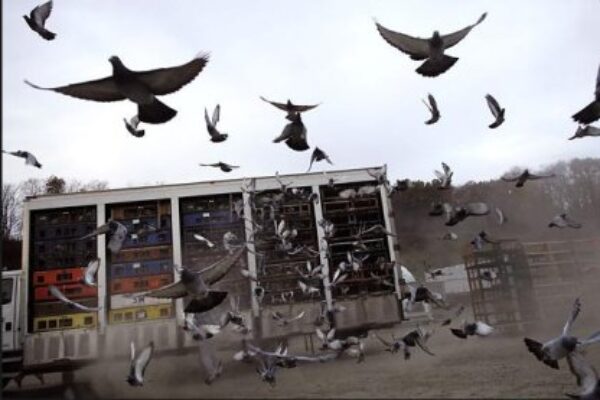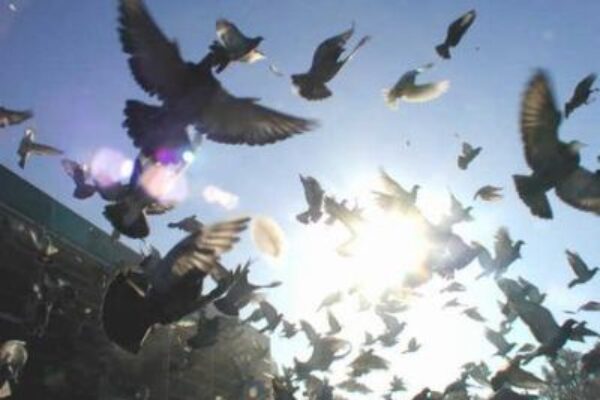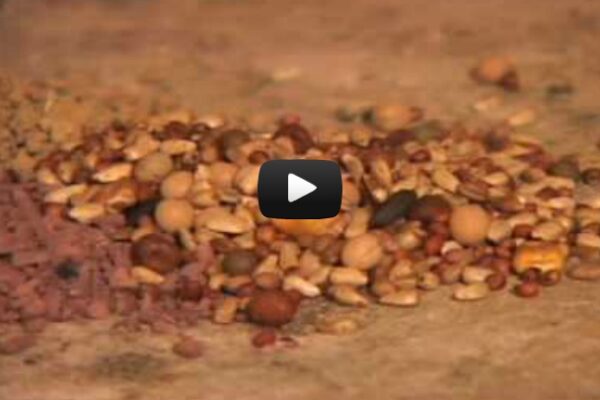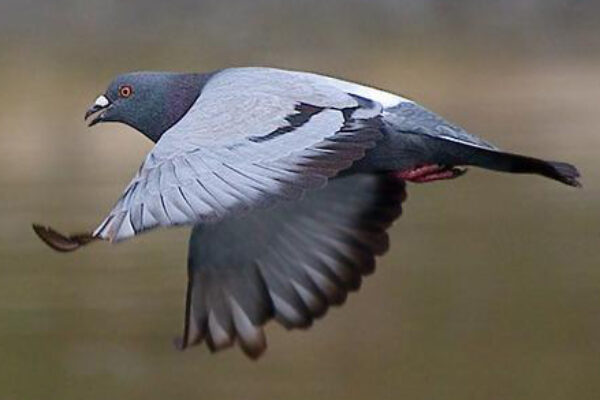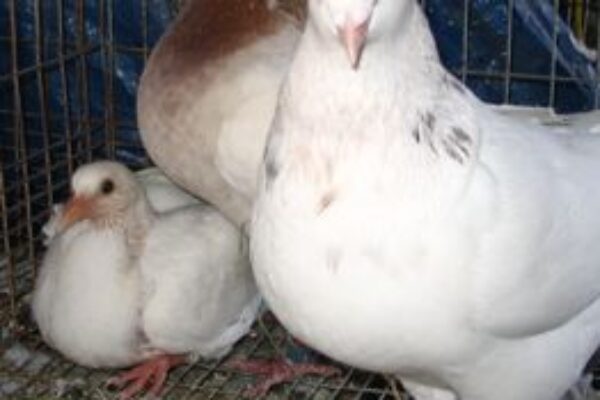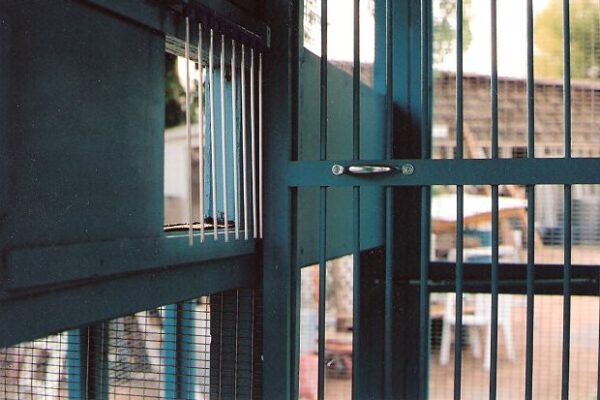The origin and history of American Racing Pigeon Union Part 1
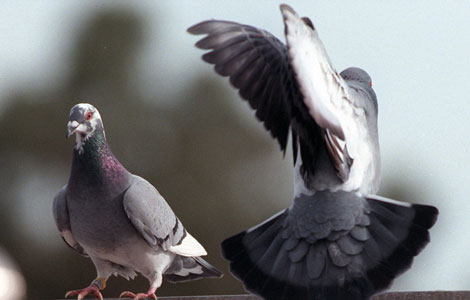 To appreciate the reasons for the formation of the American Racing Pigeon Union, you must first know something about the history of pigeon racing in the United States.
To appreciate the reasons for the formation of the American Racing Pigeon Union, you must first know something about the history of pigeon racing in the United States.
In the 1860s, homing pigeons were imported from Europe. By 1872 the first club was formed to conduct races, but most fanciers flew pigeons individually or in challenge matches. The largest concentration of fanciers was in Philadelphia where in 1880, the Red Star Club held a pigeon show at which those in attendance agreed on the formation of “The Atlantic Federation of Homing Pigeon Societies” to conduct a concourse race. The first race in 1881 was a success. The following year one club won a majority of prizes and there were many losses, resulting in termination of the annual race.
In 1883, the Federation was reorganized as “The Federation of Homing Pigeon Fanciers of America.” The new organization was designed to maintain a permanent registry of the speed records at each distance and to administer all flights for record purposes.
The Federation race secretary controlled all flights for record. He appointed the liberator, obtained surveys, confirmed proof of arrival, and either checked or computed speeds. Individuals shipped their birds to him for countermarking and he forwarded them for liberation. In areas where sufficient numbers of fanciers resided, he appointed race committees under his supervision to handle countermarking and confirm arrivals. The Secretary published the annual records and recognized the fastest speeds obtained at each distance on a cumulative basis. In 1886 the first seamless band was manufactured, and in 1887 the Federation began selling seamless bands. The bands were marked with a letter of the alphabet, which indicated the year of issue, and were consecutively numbered.
Initially, a stamp with identifying marks was placed on a primary flight of birds entered in competition. Later, metal countermarks were introduced. Arrival of a race bird was confirmed by either carrying the bird, if a flight stamp or countermark was used, to a telegraph office and asking the agent to telegraph the time, and the stamp or countermark as displayed to him, to the National Secretary. An allowance of six minutes per mile was granted to transport the bird or countermark from the loft to the telegraph office, but bicycles or other means of transportation were prohibited. Where available, an individual known as a “timer” would be assigned to wait at the loft and record the time of arrival using a watch supplied to him by either the District Race Committee or the National Race Secretary.
- History and Origin of the American Racing Pigeon Union Part 1
- History and Origin of the American Racing Pigeon Union Part 2
- History and Origin of the American Racing Pigeon Union Part 3
- History and Origin of the American Racing Pigeon Union Part 4
The origin and history of American Racing Pigeon Union
The Leading Online Pigeon Racing and Racing Pigeons Magazine – The Pigeon Insider

